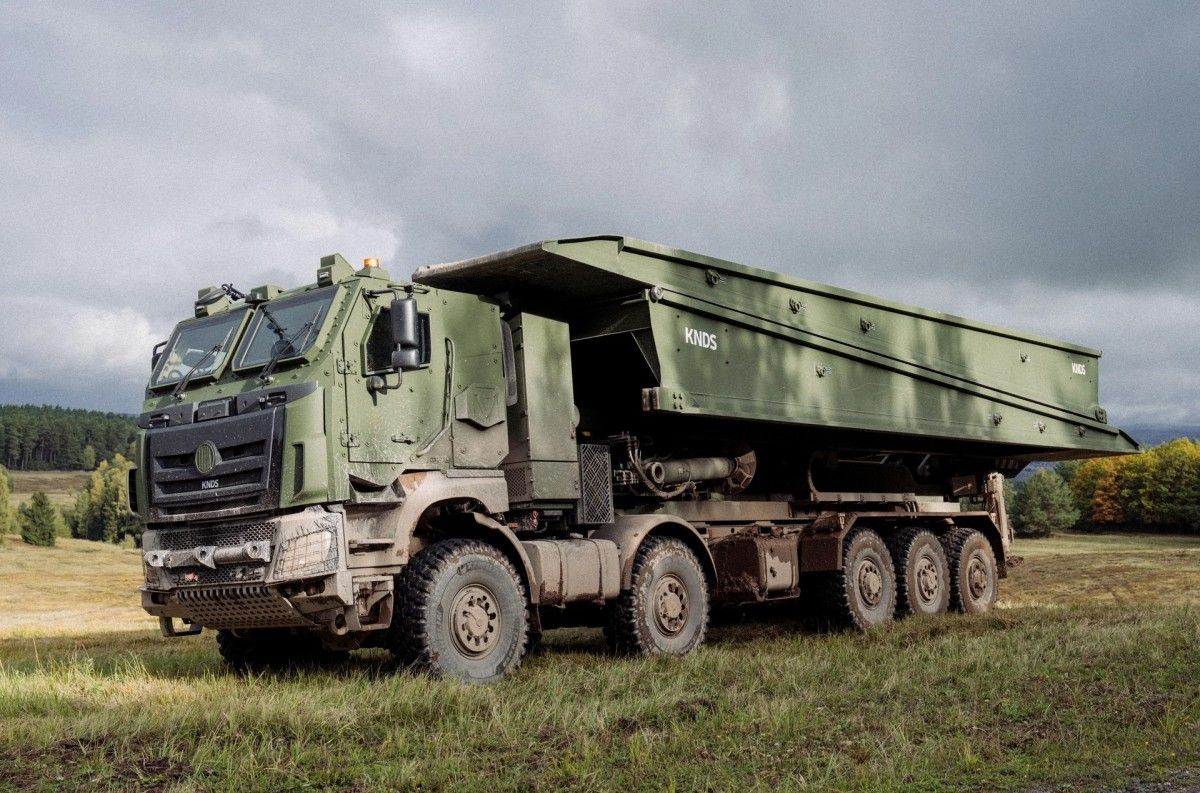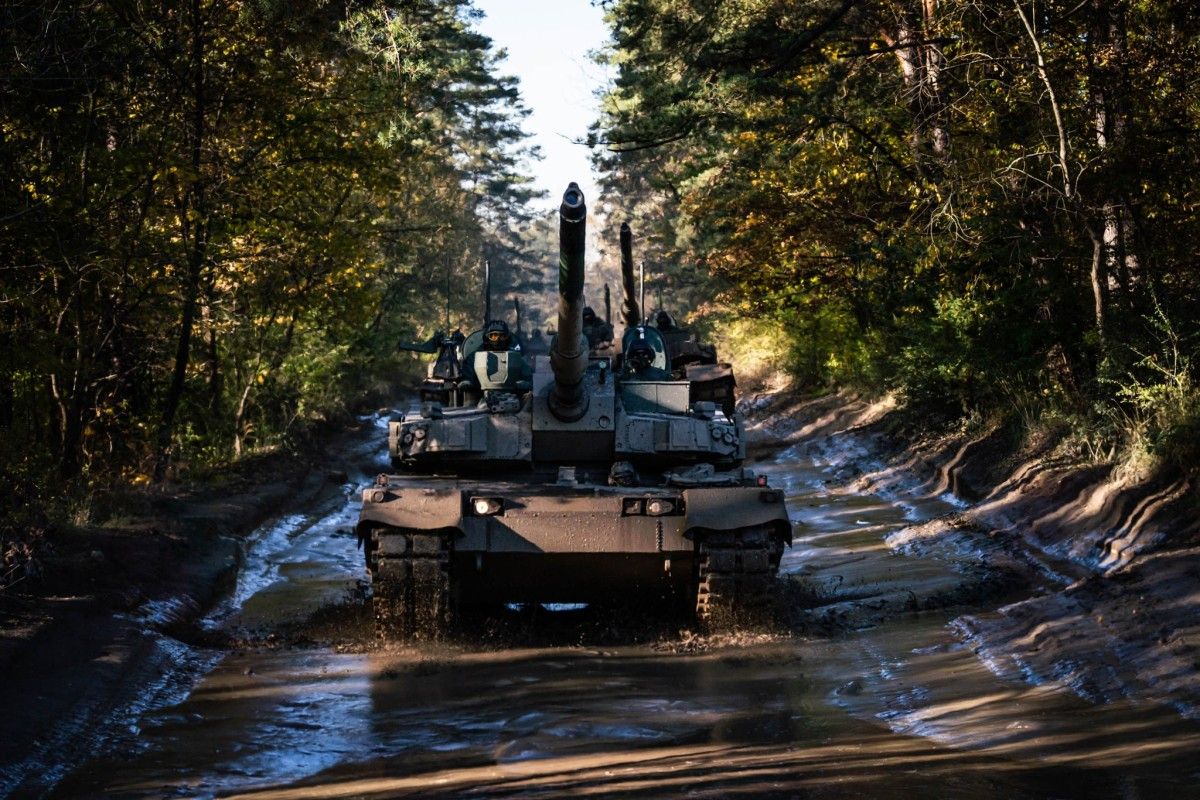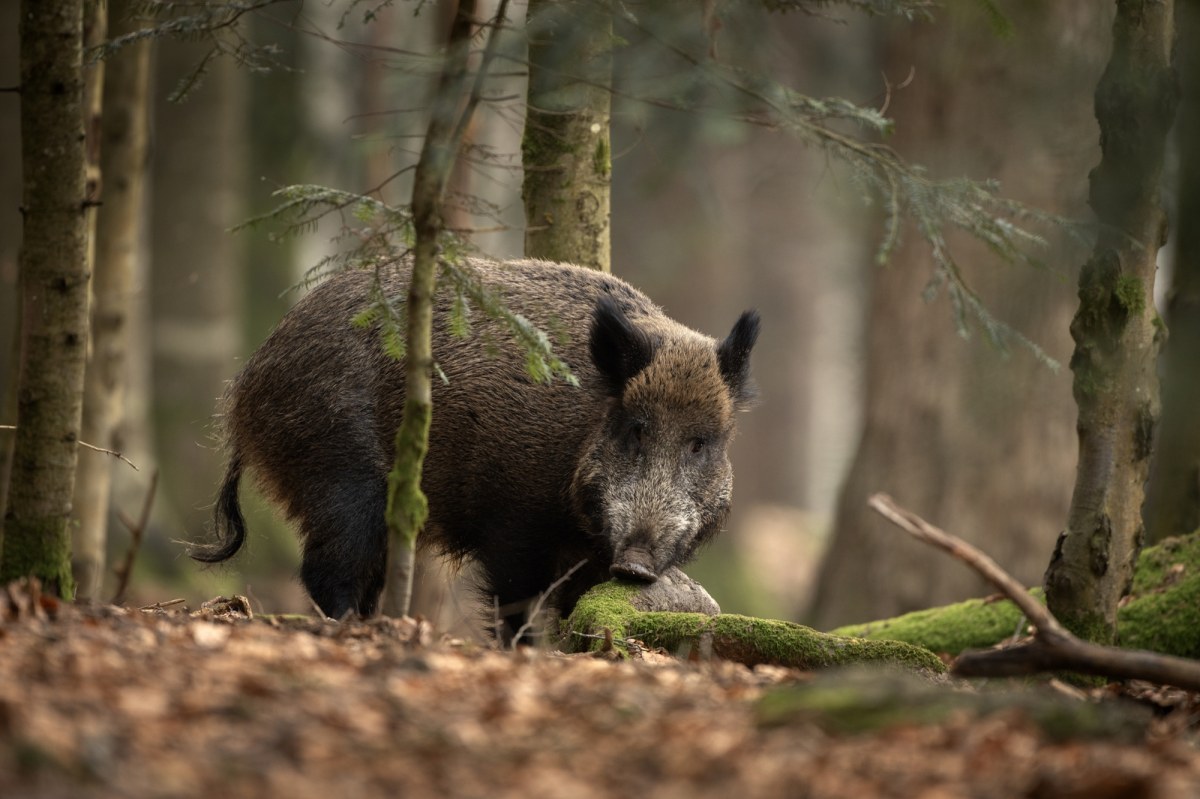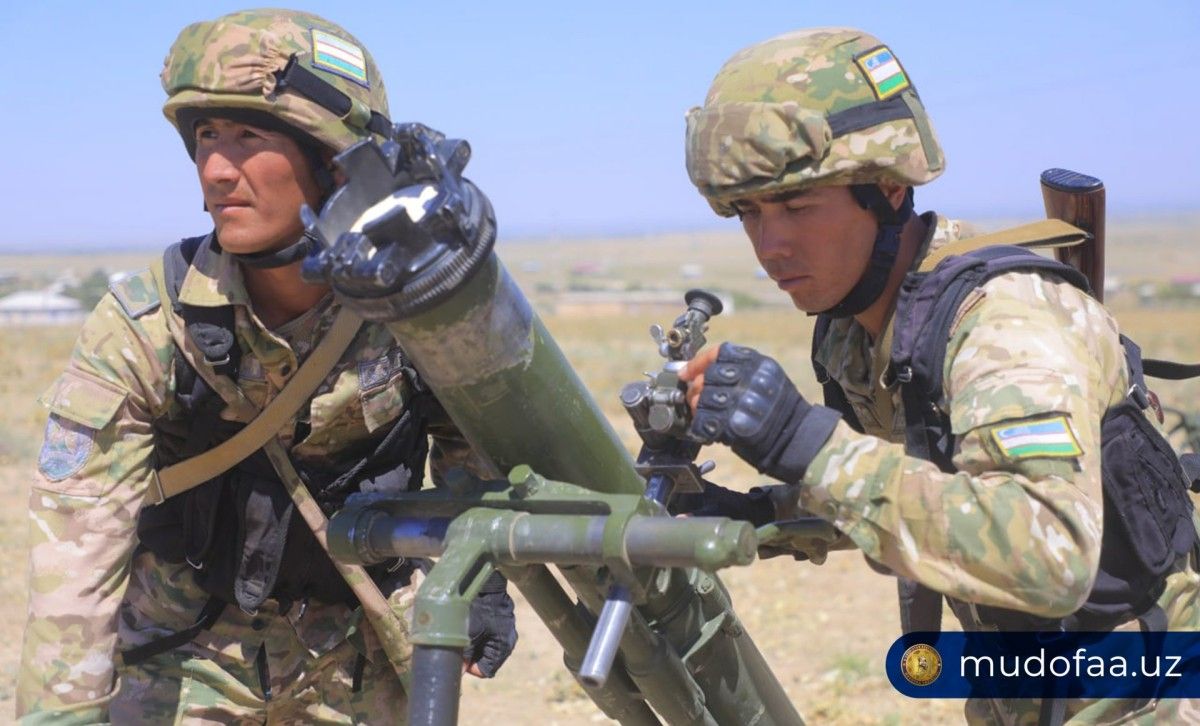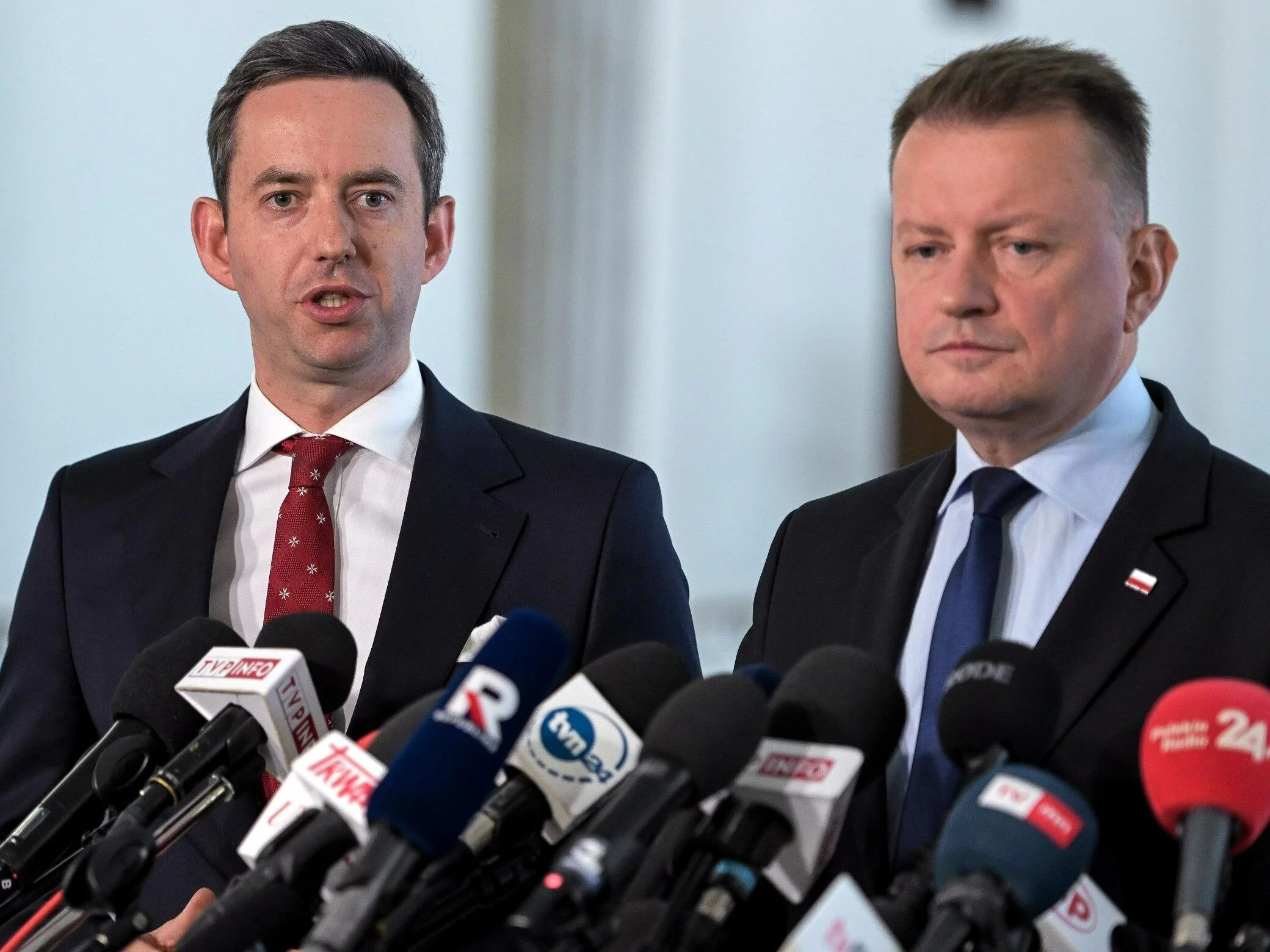For the 4th time, students and doctoral students of military colleges had the chance to show their creativity in the defence minister's competition to make the concept of air, land and sea drones. Authors of the best works in this year's edition of the competition received awards present at the Military method Academy. 58 teams competed. 25 awards and awards were awarded.
– Drones, unmanned systems, are the future of the modern battlefield, shows this, among others, the experience of Ukraine – said Deputy Minister Stanisław Wzątek in Military method Academy in Warsaw, where the 4th edition awards ceremony took place Minister of Defence competition for military school students for the best unmanned air, land and sea systems.
Undersecretary of State in the MON noted that military academies are a place where not only future commanders are educated, but besides develops the most innovative method concepts. “The better we are prepared for the challenges of the future, the more we will strengthen our security,” said Wzątek. The Deputy Minister congratulated the winners of the competition on their willingness to act, ideas and working skills in the team. He besides assessed that any of their projects could be implemented in the armed forces in the future.
– Unmanned autonomous systems already have and will have an expanding usage in defence," said Brig-Gen Prof. Przemysław Wachulak, Rector-Commander of WAT. He added that the competition inspires the search for fresh and innovative solutions for the safety of our country. At the same time, the Rector drew attention to the technological level of the work submitted, which shows large investigation possible and the will to make their authors. – The way of the proposed solutions is just beginning, any of the awarded projects will not only stay a symbol of method thought, but will have a chance to implement – said General Wachulak.
This year's competition was attended by young scientists from the Military method Academy, the Naval Academy from Gdynia, the Aviation Military Academy from Dęblin and the Wroclaw Land Army Academy. Students and PhD students of these military colleges submitted work individually or collectively. Participants could study a technology demonstrator or its element, as well as a plan for upgrading the existing structure. However, this could not have been a commercially available device. The projects had to address defence and safety tasks.
The work was assessed in 3 categories. Out of the reconnaissance drones The best projects were awarded to detect, identify and track an object or target, and to monitor and control an area specified as borders or coastal zone.
In the category of combat drones, the awards received the best projects in terms of the ability to carry and usage combat or fire, the ability to detect, identify and attack the target, and the fight against another unmanned systems. But among the concepts Unmanned support was appreciated for the evacuation, transportation of ammunition, equipment, medical means and food to the extended positions of the own troops.
58 teams competed. In the first stage, designers presented the concept together with the cost of its implementation. Of the submitted works, the competition committee qualified for the second phase of 25 projects, the authors of which received up to 70 1000 PLN for their implementation.
In the final, among unmanned reconnaissance systems, the first ex aequo was the following projects: the "Hawkeye" aerial reconnaissance system, by plut. poczt. Mateusz Krochmalski of LAW, and the unmanned submarine detection strategy for vessels "Narluga". This concept is the work of Lieutenant-Ing. Daniel Powarzyński, task supervisor and engineer Bartosz Łarzewski from AMW.
Also in the category of combat drones, the jury awarded the first 2 awards. The winners were young scientists from AMW: bsmt. pchor. Maciej Młynarski, leader, Lieutenant-in-chief Mar. Łukasz Paziewski and bsmt. pchor. Piotr Zieliński for the task of the unmanned marine strategy "Brachium Belli". The winners were besides Kosma Skajewski (leader) and Stanisław Wielgosz from WAT, authors of an unmanned aircraft for combat and intelligence operations “Wrona”
Among the unmanned support systems, the best work was done by a squad of young designers from AWL: Robert Strod (leader), Maciej Kowala and Adam Ratajczyk, who realized the concept of building a distant detection strategy for chemical and radiological contamination “Aether”.
A full of 14 projects were awarded and 11 works were awarded. Winners of the best concepts received cash prizes: for the first place 50 1000 PLN, for the second – 25 1000 PLN, for the 3rd – 10 1000 PLN, and for the award – 5 1000 PLN.
Prizes
Unmanned exploratory systems
I place ex aequo
• "Hawkeye" Air System, author: plut. pchor. Mateusz Krochmalski (Air Military Academy in Dęblin)
• Unmanned underwater strategy for the detection of vessels "Narluga", authors: Lt. mar. mgr inż. Daniel Powarzyński – task maintainer, mgr inż. Bartosz Łarzewski ( Naval Academy in Gdynia)
2nd place
• Unmanned marine strategy for researching, searching and observing the underwater environment “Shad”, authors: Jakub Tkaczyk, leader, Maciej Tyszecki (AMW)
Third place ex aequo
• Unmanned strategy of marine designation “Kelpie”, authors: Szymon Kępniak, leader, Michał Kurowski (Warry method Academy in Warsaw)
• Unmanned air strategy “Pl-Snap”, authors: Lt. Mr. Adrian Kapski, leader, Sgt. pchr. Bartłomiej Firlej, plut. pchr. Kacper Chwaszcz, st. chr. Szymon Płatek (WAT)
Highlights
• Self-propelled mine detection device "Minotaur", authors: Sgt. pchor. Mateusz Mazur, leader, kpr. pchor. Paweł Butcher, kpr. pchor. Maciej Styczyński, kpr. pchor. Jakub Szczepańczyk (WAT)
• Wireless, hydroacoustic control strategy for unmanned submarine “Whiser”, authors: Mikołaj Żabiński, leader, Martyna Walkusz, Szymon Poznański, Kordian Words (AMW)
• The BSP concept with an on-board data analysis strategy based on the Lidar Światowid module, authors: kpr. pchor. Filip Stankowski, leader, kpr. pchor. Witoria Plewka, kpr. pchor. Szymon Budyk, Michał Nerlo (Academy of Land Forces in Wroclaw)
• Biomimetic autonomous submarine with intelligent detection and avoidance strategy “Nerpa” model Colav, authors: Damian Ambroziak, leader, Nicodemus of the State, Captain Mar. mgr. Rafał Kot (AMW)
• A visual navigation task for BSP resistant to electronic combat measures Coddiers – ‘Alpha’, authors: Lt. Norbert Waszkowiak, leader, Lt. Patrick Serafin, Lt. Tobias Waszkowiak, Lt. Michał Zimon (WAT)
• Unmanned Autonomous Platform for the designation of the Air Commander of the "Sentinel" vehicle, authors: kpr. pchor. Patryk Zieliński, leader, kpr. pchor. Filip Jaskiewicz, kpr. pchor. Jakub Lach, kpr. pchor. Karol Karbowski, kpr. pchor. Tomasz Steć (WAT)
• Air early informing strategy codenamed “Avis”, authors: Eng. Maciej Kawka, leader, mgr ing. Szymon April (WAT)
Unmanned combat systems
I place ex aequo
• task of the unmanned marine strategy "Brachium Belli", authors: bsmt. pchor. Maciej Młynarski, leader, Lieutenant-in-chief Mar. Łukasz Paziewski, bsmt. pchor. Piotr Zieliński (AMW)
• Unmanned Aircraft for Combat and Intelligence Operations “Wrona”, authors: Kosma Skajewski, leader, Stanisław Wielgosz (WAT)
2nd place ex aequo
• Concept of building an intelligent minefield strategy “Deimos” utilizing autonomous mobile platforms “Deimos”, authors: Kacper Zarzecki, leader, Alan Kasperczak, Robert Sdroda, PhD Maciej Drzażdżewski, Jakub Wiśniewski (AWL)
• Unmanned conflict strategy “Scylla”, authors: Maja Walasik, leader, Bartłomiej Kryński (WAT)
Third place ex aequo
• Multi-tasking combat strategy for reflection and support of limited detection in radio bands and the “Warrior Wing” thermal imaging, by Jakub Kołodziej (WAT)
• Concept of an unmanned water-land strategy carrying out tasks of recognizing and destroying water-based engineering facilities “Duck”, authors: sr. pchor. Witoria Plewka, leader, Jakub Wiśniewski, sr. pchor. Stanisław Kubik, Maciej Jajewski (AWL)
Highlights
• BSP Ammunition circulating “Pilum”, authors: Michał Kalagago, leader, Mateusz Kuśiak, Marek Rakowski, Joanna Rakowska, Martyna Łepko (LAW)
• Combat unmanned aircraft “Skyfall”, authored by Mateusz Jabłoński, leader, Maria Linde (LAW)
Unmanned support systems
And place
• Concept of building a distant detection strategy for chemical and radiological contamination “Aether”, authors: Robert Strod, leader, Maciej Kowal, Adam Ratajczyk (AWL)
2nd place
• Unmanned defence Robot "Bro", authors: Oskar Kokociński, leader, sergeant-in-chief Mateusz Mazur, deputy-in-chief Konrad Niżnik, deputy-in-chief Dominik Kępa (WAT)
III place
• Unmanned aircraft for logistical support “Apis”, authors: Lieutenant Krzysztof Mazur, leader, Lieutenant Rafał Wysocki, Lieutenant Mikołaj Odziemek (WAT)
Highlights
• Unmanned aircraft support “Fakefoe”, authors: Maria Linde, leader, Mateusz Jabłoński (LAW)
• BSP Support “Pharus”, authors: Michał Kalagaga, leader, Mateusz Kuśiak, Marek Rakowski, Joanna Rakowska, Martyna Łepko (LAW)
Special Prize
• Unmanned marine strategy for research, search and reflection of the underwater environment "Shad", authors: Jakub Tkaczyk, leader, Maciej Tyszewski (AMW)



